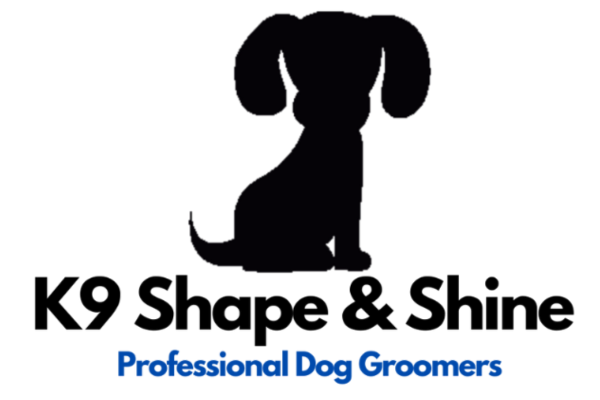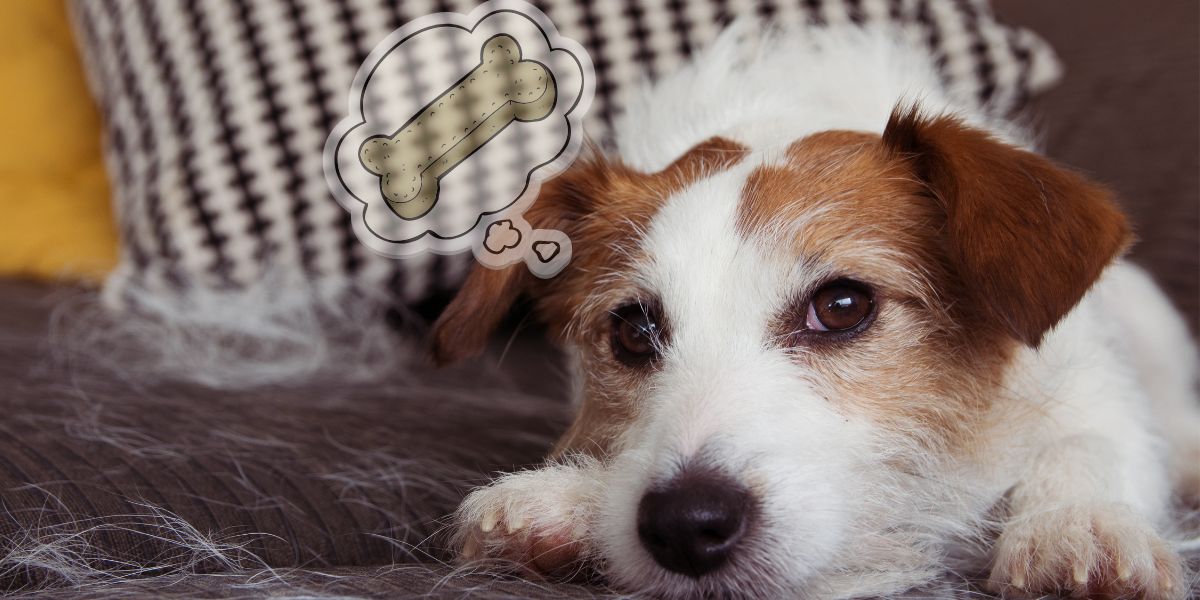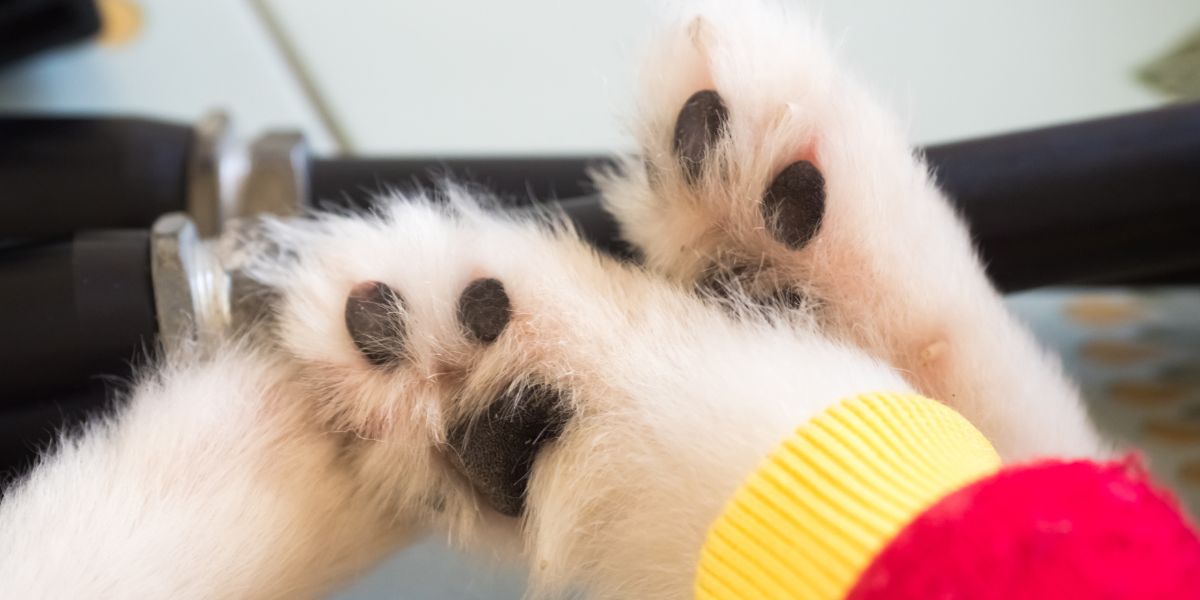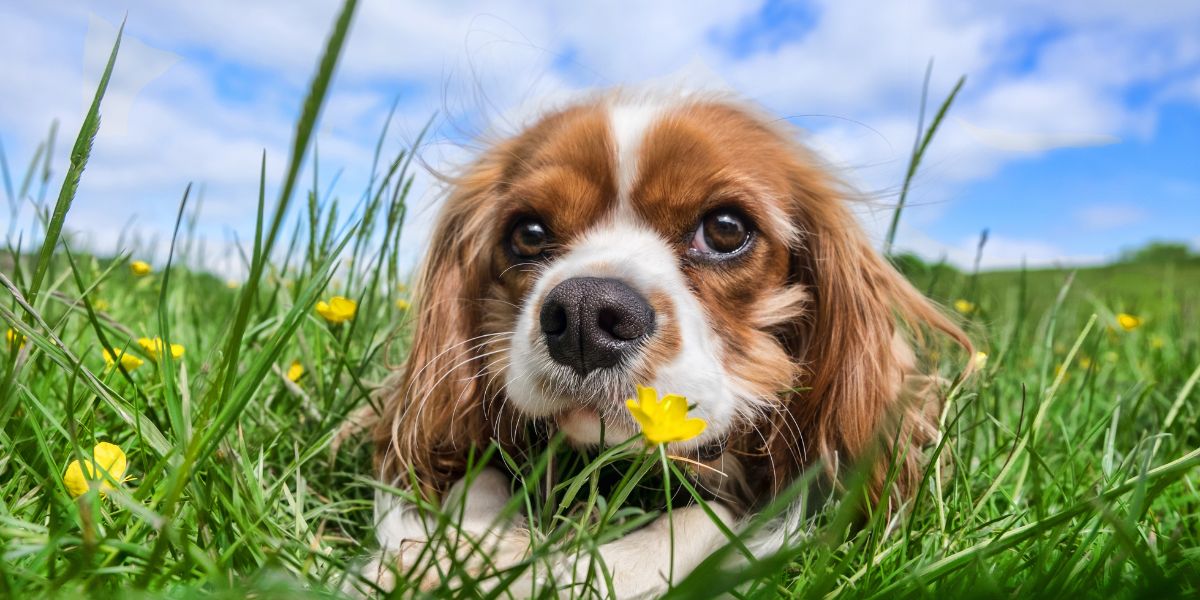Dog shedding is a natural process that occurs in almost all breeds, but some breeds tend to shed more than others, causing frustration for pet owners. Excessive shedding can lead to a constant battle with fur on furniture, clothing, and floors. However, understanding which breeds are prone to shedding and implementing effective management strategies can help alleviate this issue and maintain a clean and comfortable home environment
Breeds with the Biggest Shedding Problems:
While shedding varies from dog to dog, certain breeds are notorious for their heavy shedding tendencies. Here are some of the top offenders:
- Labrador Retriever: Labs have a thick double coat that sheds heavily, especially during seasonal changes.
- German Shepherd: Known for their dense, double-layered coat, German Shepherds shed year-round with heavier shedding occurring in the spring and fall.
- Siberian Husky: Huskies have a thick, insulating coat designed to withstand harsh winter conditions. Consequently, they shed profusely, particularly during the warmer months.
- Golden Retriever: These lovable companions have a dense, water-repellent outer coat and a soft undercoat that shed continuously throughout the year.
- Alaskan Malamute: With a thick, coarse outer coat and a dense undercoat, Malamutes shed heavily, especially during the shedding seasons.
Solutions for Managing Shedding:
While it’s impossible to stop a dog from shedding entirely, there are several strategies that can help minimise the amount of loose fur in your home:
- Regular Grooming: Establishing a consistent grooming routine is crucial for managing shedding. Brushing your dog’s coat regularly helps remove loose fur before it has a chance to accumulate around your home. Use a high-quality shedding brush or grooming tool designed specifically for your dog’s coat type.
- Bathing: Bathing your dog with a gentle, moisturising shampoo can help loosen and remove dead hair from their coat. However, avoid over-bathing, as it can strip the coat of its natural oils and lead to dry, irritated skin.
- Healthy Diet: A balanced diet rich in essential nutrients, such as omega-3 fatty acids and protein, can promote healthy skin and coat, reducing excessive shedding. Consult with your veterinarian to determine the best diet for your dog’s specific needs.
- Regular Vet Check-ups: Regular visits to the veterinarian are essential for maintaining your dog’s overall health, including their skin and coat. Your vet can identify any underlying health issues that may be contributing to excessive shedding and recommend appropriate treatment options.
- Manage Stress: Dogs can shed more when stressed or anxious. Provide your dog with a comfortable and secure environment, plenty of exercise, mental stimulation, and positive reinforcement training to help alleviate stress and reduce shedding.
- Environmental Control: Minimise shedding-related mess by using washable covers on furniture and regularly vacuuming floors and upholstery. Invest in a good-quality pet hair vacuum cleaner designed to effectively remove pet hair from carpets and furniture.
Conclusion:
While dealing with excessive shedding can be challenging, understanding the factors contributing to it and implementing effective management strategies can help alleviate the problem. By regularly grooming your dog, providing a nutritious diet, addressing any underlying health issues, and creating a stress-free environment, you can minimise shedding and maintain a clean and comfortable home for both you and your beloved canine companion.









